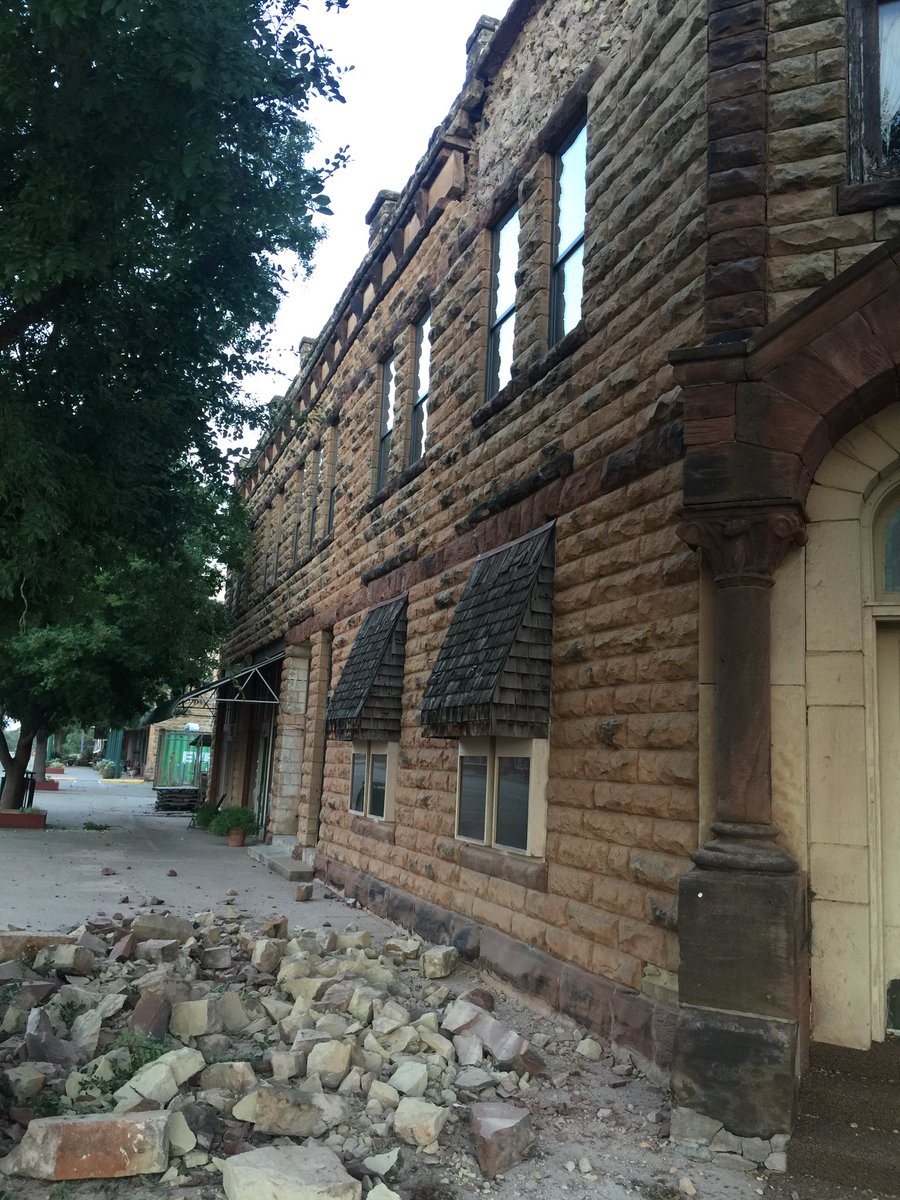A strong earthquake struck early Saturday in Oklahoma, where the incidence of temblors has been on the rise amid a boom in controversial hydraulic fracturing to release oil and natural gas.
The US Geological Survey said the 5.6 magnitude quake hit at 1202 GMT near Pawnee, a city in the northeastern part of the state.
The quake was felt in seven states, from Texas to Iowa.
“In town there’s been no fire, no injuries reported, we’ve been very, very lucky,” the mayor of Pawnee, Brad Sewell, told Fox News.
Saturday’s quake matched the strength of the strongest quake in the central state’s history in the preceding decade, the USGS said.
#okquake damage in Pawnee. pic.twitter.com/IRNSXvcgX1
— J Berry Harrison III (@boberryIII) September 3, 2016
A smaller quake of 3.2 magnitude occurred Thursday nearby.
“Oklahoma Corporation Commission staff is at the office reviewing disposal wells in the vicinity of the earthquake near Pawnee,” Governor Mary Fallin said in a Twitter message.
The primary cause for human-induced earthquakes in many parts of the central and eastern United States is wastewater disposal, according to a USGS report published in March.
The agency has begun including human-triggered earthquakes on its forecast maps for the first time.
The USGS said the states at highest risk of induced seismic activity are, from highest to lowest: Oklahoma, Kansas, Texas, Colorado, New Mexico and Arkansas.
DAMAGE: this is White's Foodliner in #Pawnee. 1building collapsed there. #earthquake. LIVE on @FOX23 #okwx pic.twitter.com/TPd8vpIzyL
— Morgan Shannon (Downing) (@MorganDowningTV) September 3, 2016
One source of wastewater is from hydraulic fracturing, or fracking, the process of shooting water mixed with sand and chemicals deep into the earth to crack rock formations and bring up oil and natural gas trapped inside.
The process has unlocked massive amounts of oil and gas in the United States over the past decade.
But along with the oil and gas come large quantities of brackish water, which is disposed of by injecting it into separate wells that are dug as deep as a mile (kilometer) below ground.
The unnatural addition of the water can change pressure along fault lines, causing slips that make the earth shake, experts say.














![National Population Commission (NPC) Recruitment 2023 [Apply Now]](https://illuminaija.com/wp-content/uploads/2023/03/Beware-of-Fake-Census-Ad-hoc-Recruitment-Link-350x250.jpeg)




